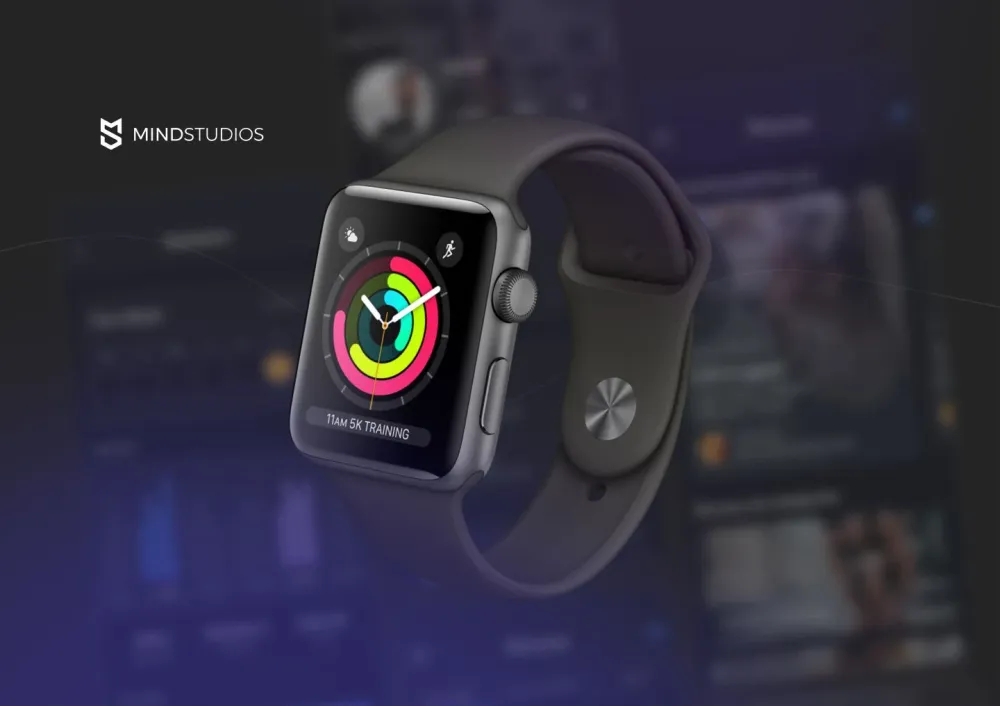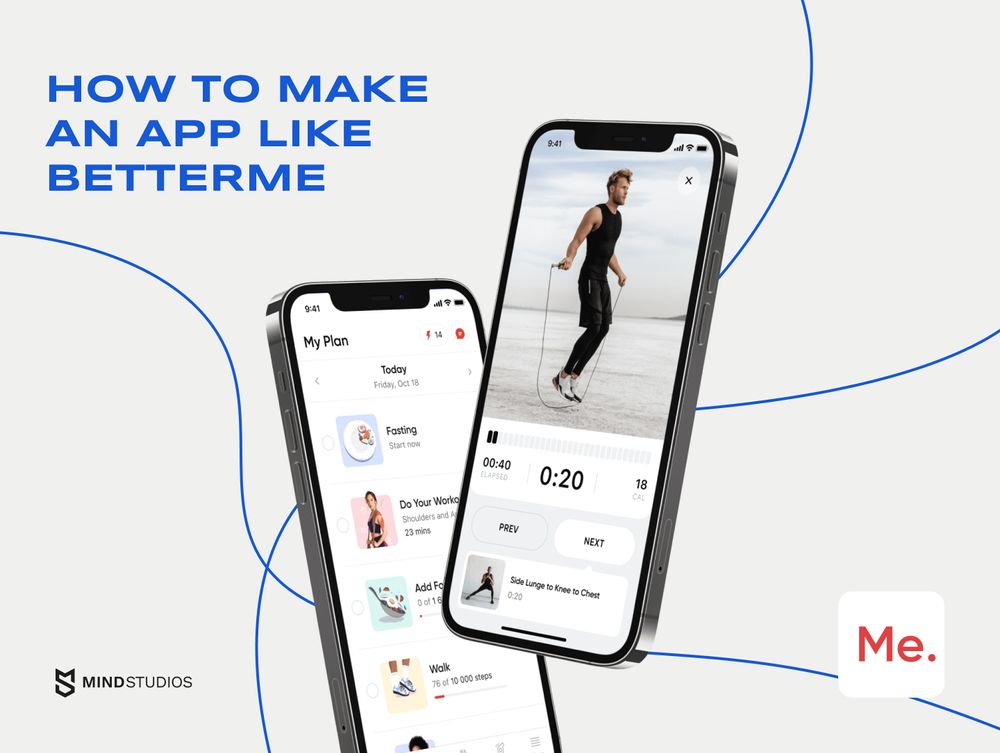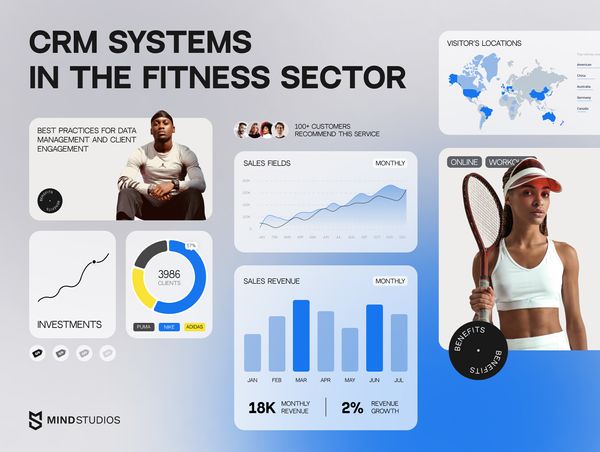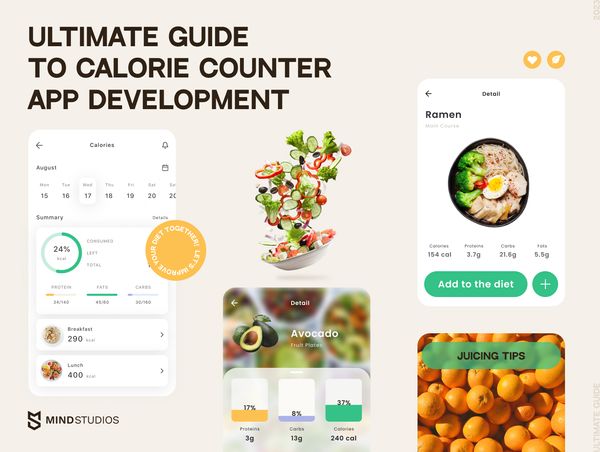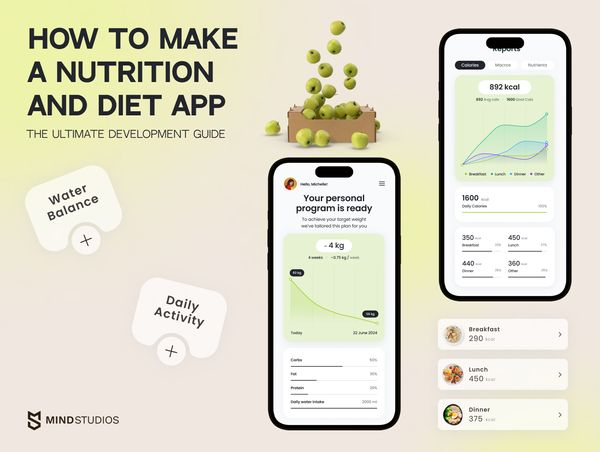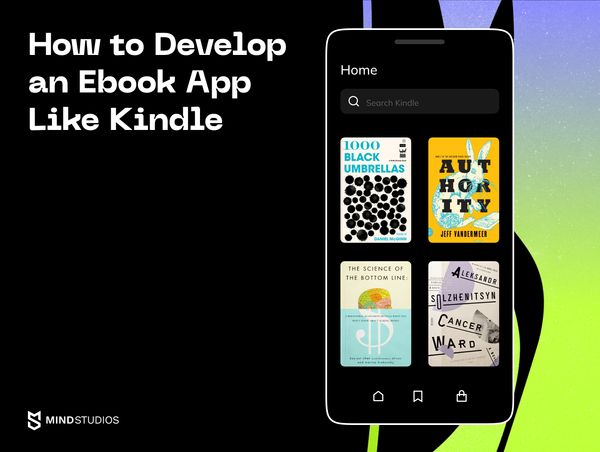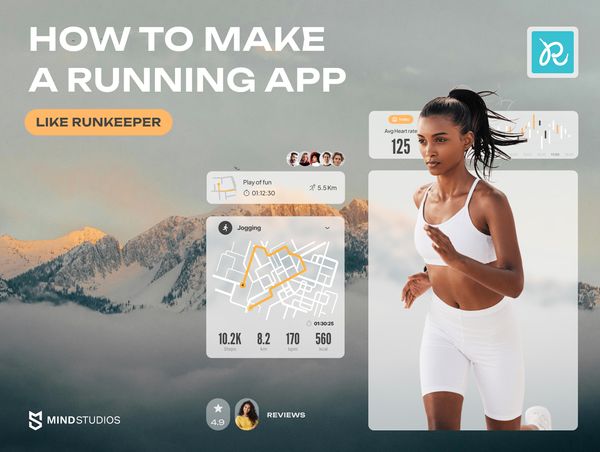
With more and more people prioritizing physical and mental health, the popularity of fitness platforms also grows. Naturally, running app development is a big part of this market. In the US alone, almost 50 million people run and jog. And in some countries, running is even named as the most popular sports activity.
So, how do running apps come into play here? For runners, it’s an opportunity to track, analyze, and improve their performance, follow personalized goals, and join supportive communities regardless of location. For tech entrepreneurs, it’s a chance to tap into the thriving fitness software market, uncover new revenue streams, and leverage user data insights.
We wrote this article for anyone interested in exploring the running app landscape. Here, we research the market, dive into the best development practices, share our own experience, and answer the ultimate question of how to make a running app as valuable as Runkeeper or Strava.
Understanding the running app market
Fitness apps encompass a set of digital platforms for tracking, managing, and optimizing various aspects of users’ physical well-being, including exercise routines, nutrition, and overall health goals. However, do you know what the second leading fitness app in 2023 was? The answer is Strava, an app primarily designed for tracking running and cycling activities.
With a market value set to reach $10.4 billion by 2030, running apps are becoming integral companions in users’ journey towards healthier lifestyles. Moreover, they play a vital part in creating a global network of connected runners.
The recent advancements in artificial intelligence allow the creators of running apps to commit to personalization and make the experience more effective and enjoyable. Platforms like the Runkeeper app and Strava are no longer just about tracking metrics. They offer personalized training plans tailored to individual goals, preferences, and fitness levels. Incorporating AI-driven features also allows for adaptive coaching, performance analysis, and even predicting potential issues to enhance the overall running journey.
Another trend in this development field lies in combining running apps with health trackers and wearables. By integrating with these technologies, running apps can offer a more holistic overview of users' health and performance metrics, thus facilitating informed decision-making for a well-rounded fitness experience.
Last but not least, one of the most important roles of running apps is to unite users worldwide within the running community through social connectivity. As a result, running apps become not just about running but about creating a network that inspires and motivates runners worldwide, both beginners and experienced athletes.
Market leaders
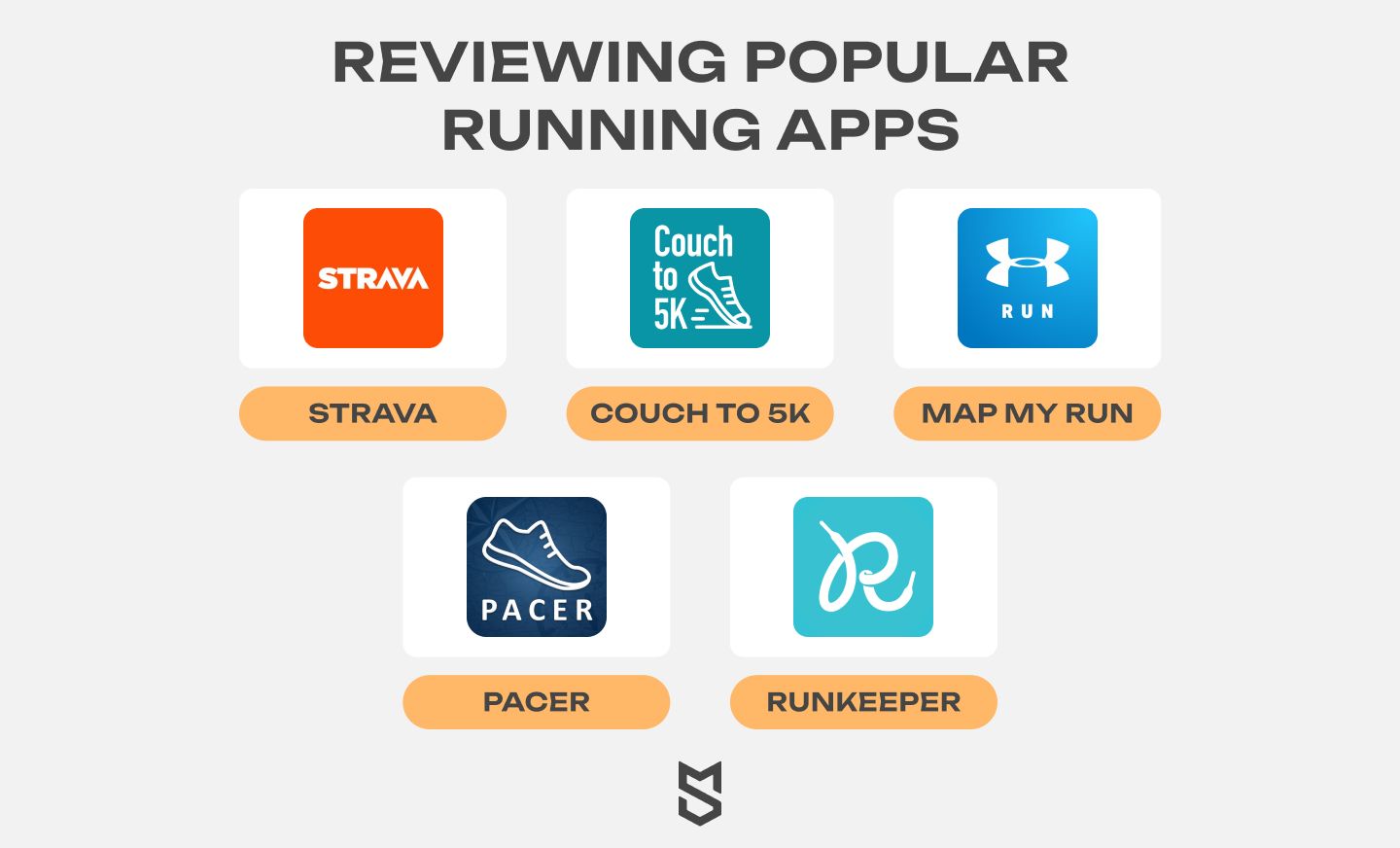
Before we dive into the intricacies of building apps to track running, let’s take a look at some of the platforms that have made it in this competitive market. Recently, CNN editors tested five popular running apps to determine which is best for 2024. Here is the list of the contestants and their most notable benefits:
- Strava: The app offers an extensive variety of metrics, route creation tools, and a dynamic social community, making it the gold standard for professional or semi-pro athletes. In addition to catering to competitive runners, its customized training plans also provide value for newcomers. The editors named it the best running tracker app.
- Couch to 5K: This simple app offers three half-hour running sessions per week over the course of nine weeks. The guidance functionality is available through virtual trainers of different characters, from a cheerful “runicorn” to a military drill instructor.
- Map My Run: The app offers comprehensive tracking capabilities for personal fitness goals, providing easy access to popular maps by other runners. However, the limitation of creating custom maps exclusively online is noted as an oversight. The app shines particularly in its "Workout Routines" section, providing a diverse collection of videos.
- Pacer: Pacer stands out as an app prioritizing overall fitness rather than just running, offering information on diet, exercise, and health tracking options. While it may not be ideal for leaderboard-focused users, Pacer excels in creating a holistic approach to health, helping users foster a running mindset.
- Runkeeper: Runkeeper caters to runners seeking a multifunctional and user-friendly app, providing features like average pace, achievements, goals, and a customizable 5K running plan. Runkeeper's guided workouts by professional athletes and informative blog make it a worthwhile investment for those looking to enhance their running experience.
Core features of a running app
Your running application's success lies in understanding your users' fundamental needs and expectations. In this table, we gathered the most essential features that running app users will likely expect for an elevated experience.
| Essential features of a running app | |
|---|---|
| User profiles | Enabling users to create and customize profiles with details such as fitness goals, preferred running activities, etc. |
| GPS tracking | Providing real-time location tracking via GPS for accurate distance measurement and pace analysis during runs |
| Route mapping | Allowing users to create and review running routes, as well as share their favorite paths with the community |
| Goal setting and tracking | Implementation of goal-setting features for distance, time, and pace that allow users to monitor their progress, set benchmarks, and celebrate achievements |
| Personalized training plans | Providing tailored workout regimens based on user fitness levels, preferences, and goals for effective training experience |
| AI-driven performance analysis | Integration of AI algorithms that can analyze running data to offer personalized insights on running techniques, potential injury prevention, etc |
| Social integration | Introduction of community-building features enabling users to share achievements, participate in virtual races, and connect with fellow runners for motivation and support |
| Gamification features | Incorporation of challenges, rewards, virtual badges, and other gamification elements to enhance user engagement |
| Wearable technology integration | Integration with wearables like smartwatches and fitness trackers to monitor real-time metrics like heart rate, distance, and pace |
| Calorie burn estimation | Calculation of estimated calorie expenditure based on the user's running activity |
| Audio coaching and feedback | Providing audio cues and real-time feedback during runs regarding pace, distance, and performance for better results |
| Music integration | Integration with music streaming services, which allows users to create personalized playlists for a more enjoyable running experience |
| Push notifications | Keeping users engaged with reminders of scheduled runs, encouraging adherence to their training plans, notifying them of achievements, etc. |
| Offline mode | Providing an option to record runs and access certain features offline for users in areas with limited connectivity |
Defining your app's unique selling proposition (USP)
You might wonder whether it makes sense to create an app to track distance run when there already are platforms like Pacer and Runkeeper. However, it’s not uncommon for runners to use multiple apps as long as they are good. Here is how a Quora user explains it: “I use Garmin Connect and Strava for all my activities. Garmin Connect because it’s the default for Garmin devices and does a decent job of tracking your personal activities, and Strava because it’s a million times better on the social aspect.”
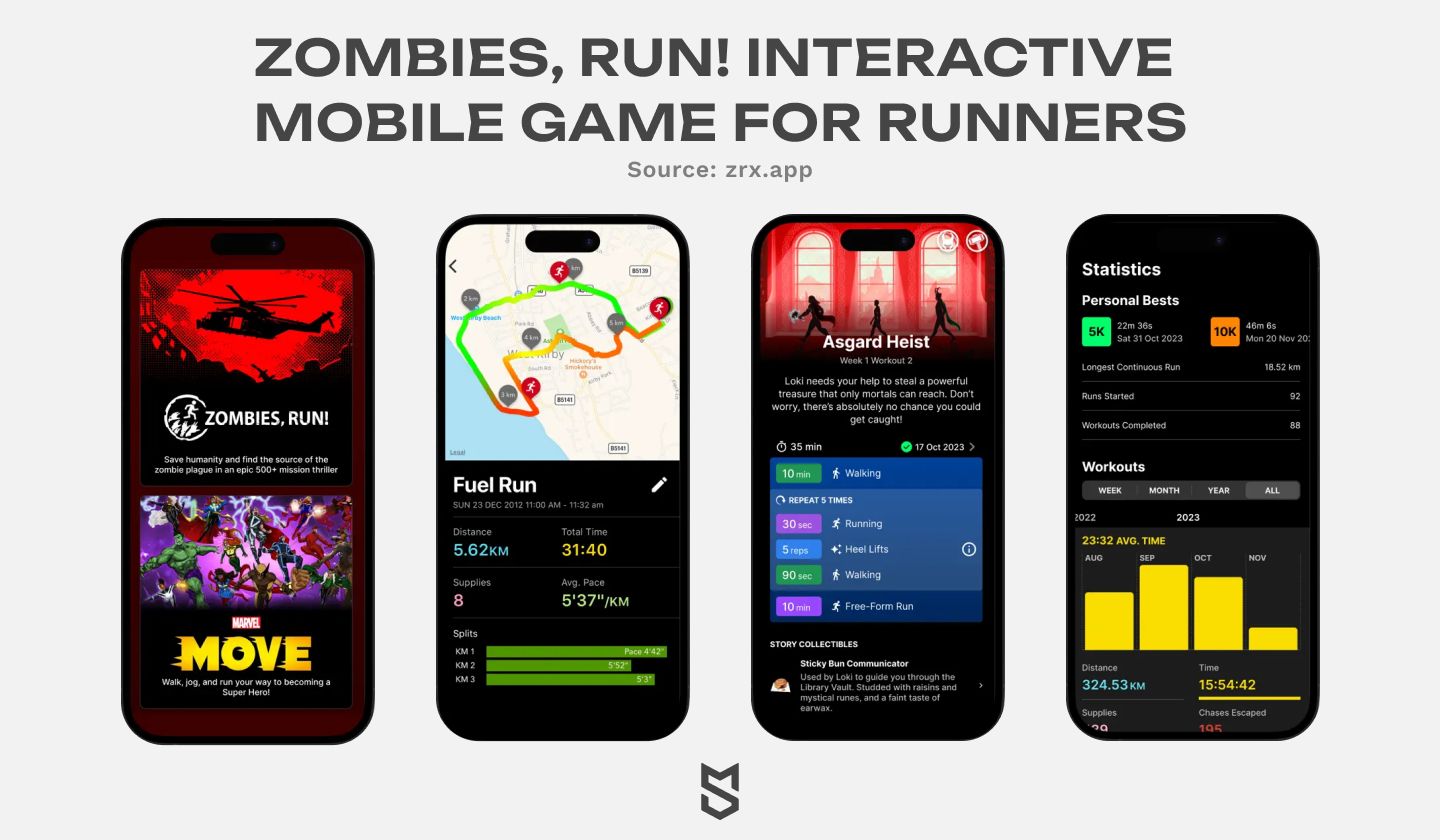
[Source: Zombies, Run!]
The point is that it can be profitable to create your own running app as long as it offers a compelling USP the users will appreciate. Here are a few inspiring examples of unique and innovative running apps we recommend checking out:
- Zombies, Run!: Combining storytelling with fitness, Zombies, Run! transforms runs into an immersive adventure where users play a character in a post-apocalyptic world, complete with zombie chases that intensify the workout experience.
- Runtastic: Runtastic stands out with its Voice Coach feature, which provides real-time audio feedback based on users' performance, guides them through their runs, and offers motivation and performance insights.
- Charity Miles: The app allows users to turn their runs into charitable donations. Corporate sponsors donate money for every mile users run or walk, allowing people to contribute to various charitable causes while staying active.
- RockMyRun: The platform enhances the running experience by offering curated playlists with music that adjusts its tempo to match the user's running pace, creating a personalized and energizing soundtrack for workouts.
As you see, while the table above has the most crucial features of a running app, that list is not exhaustive. The running app market is dynamic and welcoming to innovation. Users appreciate apps that go beyond the basics and provide new features. So, when building a running distance tracker app, don't hesitate to explore new ideas and think outside the conventional running track.
Development tools and technologies
Selecting the right technology for a mobile running app is crucial as it directly affects its performance, scalability, and compatibility. The tech stack also influences user experience, development speed, and maintenance efforts. By choosing tools that match the project's needs, developers can ensure optimal functionality, seamless integration with APIs like GPS and health tracking, and the ability to leverage wearable technology advancements.
We talked with our development team to define the tech stack needed to build an app like Runkeeper.
| The technology stack for a running app | |
|---|---|
| Front-end | Vue.js, Axios, Bootstrap, Webpack, Video.js, TipTap, Sass |
| Android | Kotlin, MVVM, Clean Architecture, Firebase Crashlytics |
| iOS | SwiftUI, Firebase Crashlytics, Composable Architecture |
| Back-end | Ruby on Rails, Nginx, Sidekiq, FFMpeg |
| GPS integration and mapping routes | Core Location (iOS), Google Location Services (Android), MapKit (iOS), Google Maps API (Android) |
| Wearable integration | Apple WatchKit (iOS), Wear OS (Android) |
| Health & fitness APIs | Apple HealthKit (iOS), Google Fit API (Android) |
| Database | PostgreSQL, MySQL, MongoDB |
| Real-time analytics | Firebase, Datadog |
| Cloud storage | Amazon S3 |
| Push notifications | Firebase, APNs |
| Chat | Twilio |
Depending on the specific requirements of your running app project, the tech stack may differ. At Mind Studios, we typically provide the set of technology and tools after validating the idea.
Best practices for running tracker app development
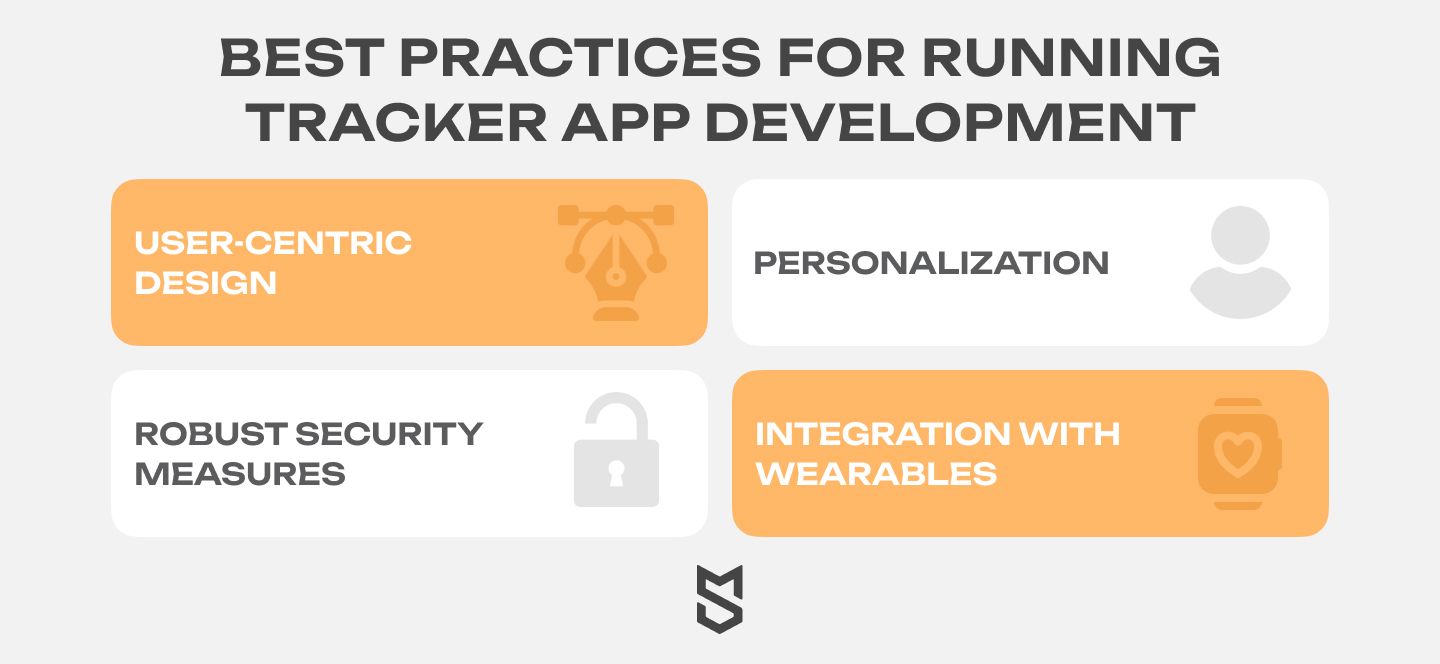
Adopting the best development practices ensures the implementation of proven methodologies, fostering efficiency and ultimately contributing to the success of your app. In this section, we share the key best practices for distance tracker app development that will help you enhance user experience and set the foundation for a thriving running app.
User-centric design
To make it in the highly competitive market of fitness apps, you have to make sure the design of your platform is intuitive and seamless right from the onboarding process. For this, it’s crucial to empathize with the diverse needs of runners, which involves understanding their goals, preferences, and pain points.
At Mind Studios, we typically begin by conducting extensive user research to gain insights into their behaviors and expectations. The interface has to be intuitive and straightforward, focusing on features that align with users' goals. We recommend prioritizing simplicity, ensuring that even beginners can navigate the app effortlessly. Such an approach will help your app foster engagement and significantly enhance user satisfaction.
Integration with wearables
Wearables are an integral part of a holistic running experience that allows for a real-time view of the user’s fitness journey. To integrate a mobile app with wearable devices, we suggest prioritizing compatibility with popular smartwatches and fitness trackers, ensuring that your running platform communicates effectively with them through standardized APIs. You will also need to leverage wearable technology to access and display key data such as heart rate, pace, and distance, providing users with accurate real-time insights.
While integration with wearables requires effort, it enhances the user experience and enables a more comprehensive approach to fitness tracking.
Personalization
Another key to enhanced user engagement and satisfaction is leveraging machine learning algorithms to tailor features and content to individual preferences, providing a more meaningful running experience.
For this, the tech team can implement user profiles that allow runners to input their goals, fitness levels, and preferences. Then, with ML algorithms, the app can analyze user behavior and offer personalized training plans, route suggestions, real-time feedback during runs, and customization options like music playlists. All this helps ensure a personalized touch that keeps runners motivated and invested.
Robust security measures
Given the sensitive health and personal information often used in fitness apps, it's essential to prioritize user data protection. To start with, you can implement end-to-end encryption to protect user communications and ensure that user credentials are stored securely. Also, it’s recommended to regularly update the app and conduct thorough security audits to identify and address potential risks. Last but not least, you need to educate users about security practices and provide transparency on how their data is handled.
Continuous iteration based on user feedback
The fitness app market is highly dynamic, with platforms constantly introducing new features and leveraging technological advancements like AI. Therefore, to stay relevant, developers need to regularly collect feedback from runners to identify areas for improvement, understand user preferences, and address potential issues.
We recommend implementing user-friendly feedback mechanisms within the app, such as in-app surveys, contact forms, etc. This way, you will be able to prioritize further enhancements that align with user needs and preferences, ensuring your running app delivers an experience that keeps users engaged and satisfied.
Strategic monetization
Planning for monetization should start before the development if you want to establish a sustainable and successful business model. By strategizing early, developers can align features and user experience with the chosen revenue model.
Your key options with running apps include:
- A freemium model with a free basic version and premium features for purchase, which typically attracts a broad user base while generating revenue from dedicated users;
- Subscription plans with premium content or advanced features for a recurring fee, which provides a steady revenue stream;
- In-app advertisements strategies that allow to generate revenue through partnerships with advertisers;
- Partnerships with fitness brands, wearables, or health-related services for collaborative monetization.
To decide on the monetization strategy, you need to understand the app's target audience and the value it offers to this audience.
Mind Studios' experience
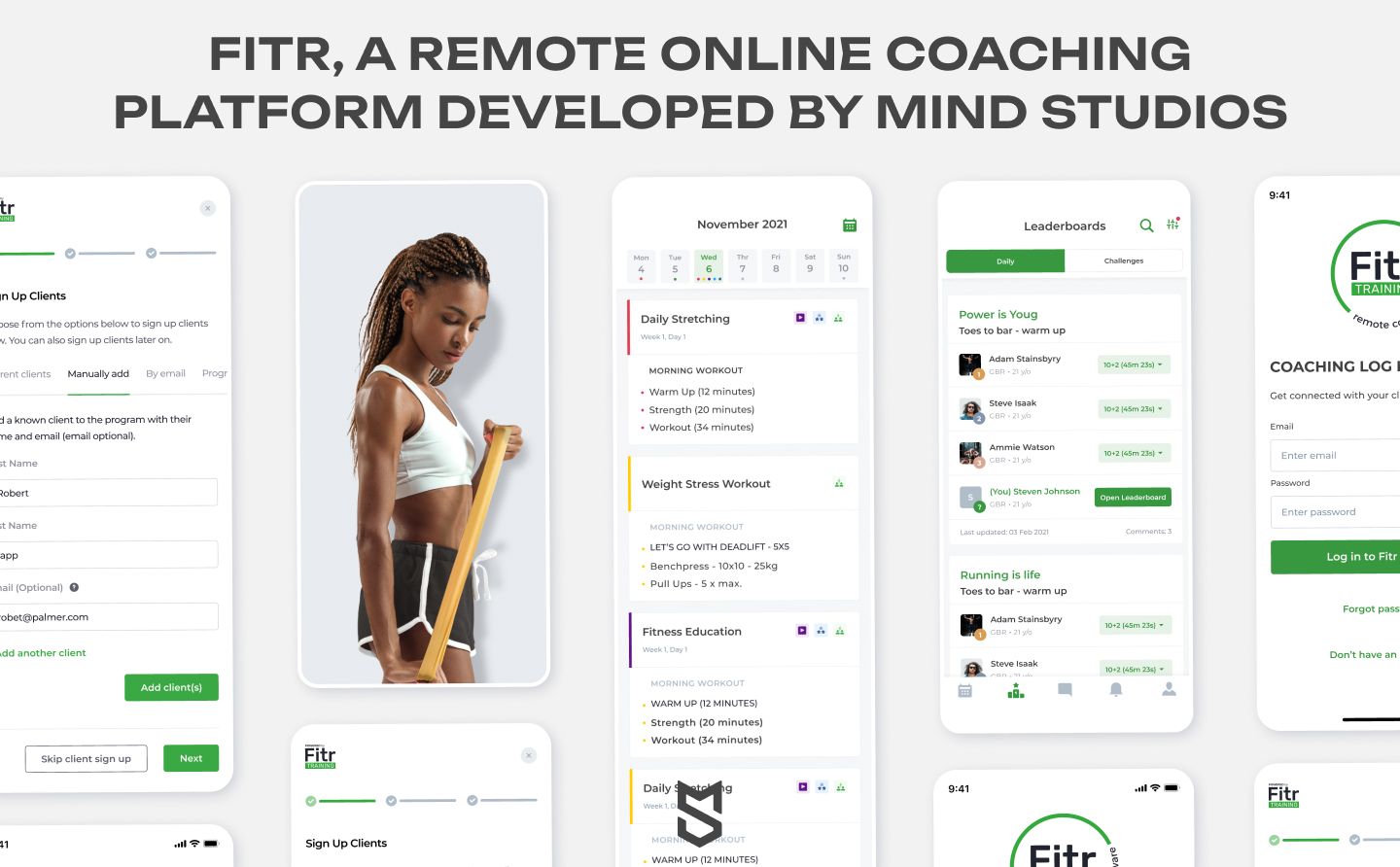
Among all the industries we have expertise in, fitness holds a special place in our portfolio at Mind Studios. Over the years, we’ve built various sports-related web and mobile platforms. One of our most long-lasting and large-scale projects is Fitr, a comprehensive online training platform that aims to simplify the lives of fitness coaches and their remote clients.
The initial idea our client came to us with back in 2018 was creating premium coaching software that would allow trainers to manage more clients remotely and expand their business. For that, we created a platform where coaches can manage every aspect of their business, from training programs and finances to communicating with clients.
At Mind Studios, we view the discovery phase as laying the foundation for the success of future products. Therefore, we dedicate a lot of effort to this pre-development stage, studying the market and real users' needs. For instance, our UI/UX designer communicated with real coaches to ensure his hypotheses were valid.
As always, this approach paid off. We built a platform where coaches can build relationships with private & group messaging, expand their client base, and easily manage automatic payments and training plans. Together with our clients, we were able to exceed user expectations and reach:
- 130K monthly visits
- 80% trial conversion rate
- £10 million in client payouts
As we continue to support and enhance Fitr, our experience equips us to take on new fitness app challenges, including the development of running apps. We are ready to bring your ideas to life and contribute to the dynamic landscape of the health and sports mobile app market.
Conclusion
Based on market research and user reviews, the ultimate trend in running app development is creating a holistic experience for runners and improving their sports experience as a whole. This includes aspects like training personalization, real-time performance tracking and analysis, and social connectivity among runners worldwide.
The world of fitness software, including running apps, is undergoing a digital revolution, emphasizing health and wellness in how people approach and enhance their routines. If you decide to explore this dynamic market, consider that Mind Studios, with our extensive expertise in building fitness software, is ready to help you transform raw ideas into solid strategies for building successful running apps.
To collaborate, fill in a short contact form, and our business development team will schedule a free consultation for you.

